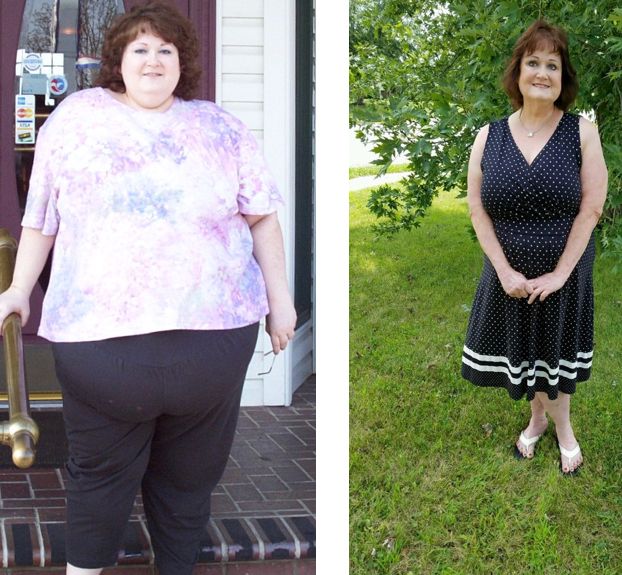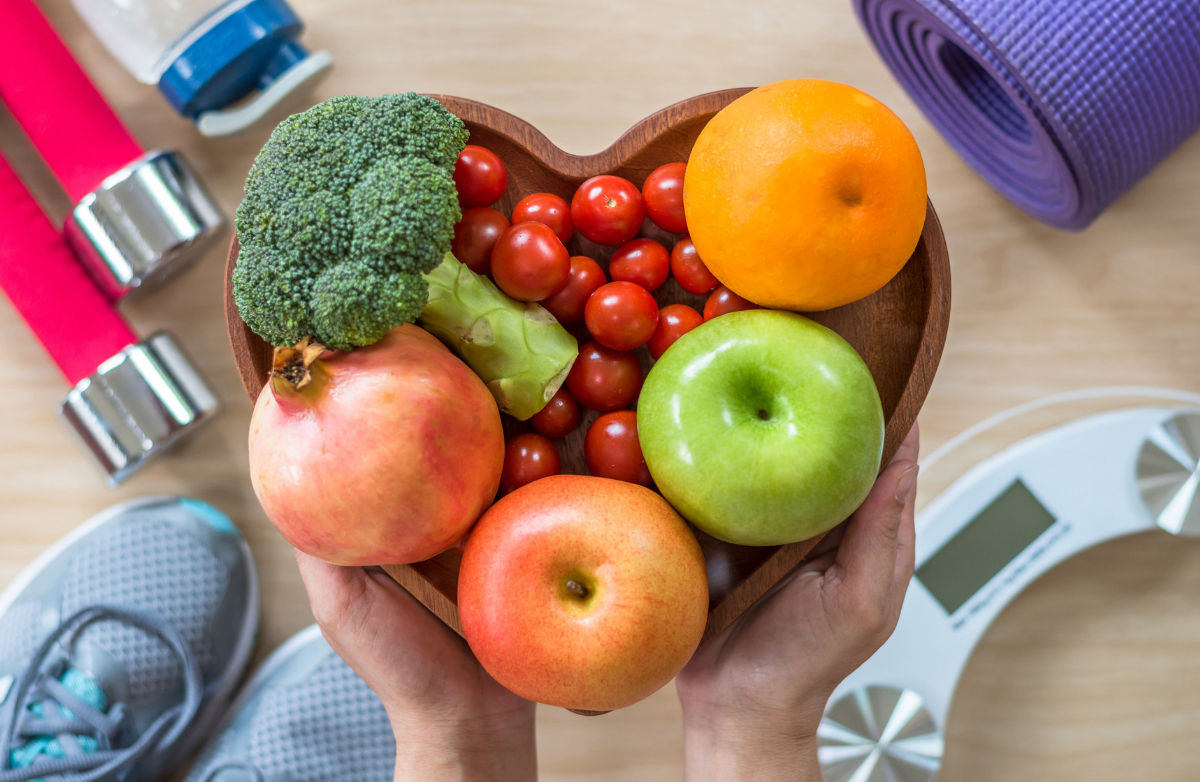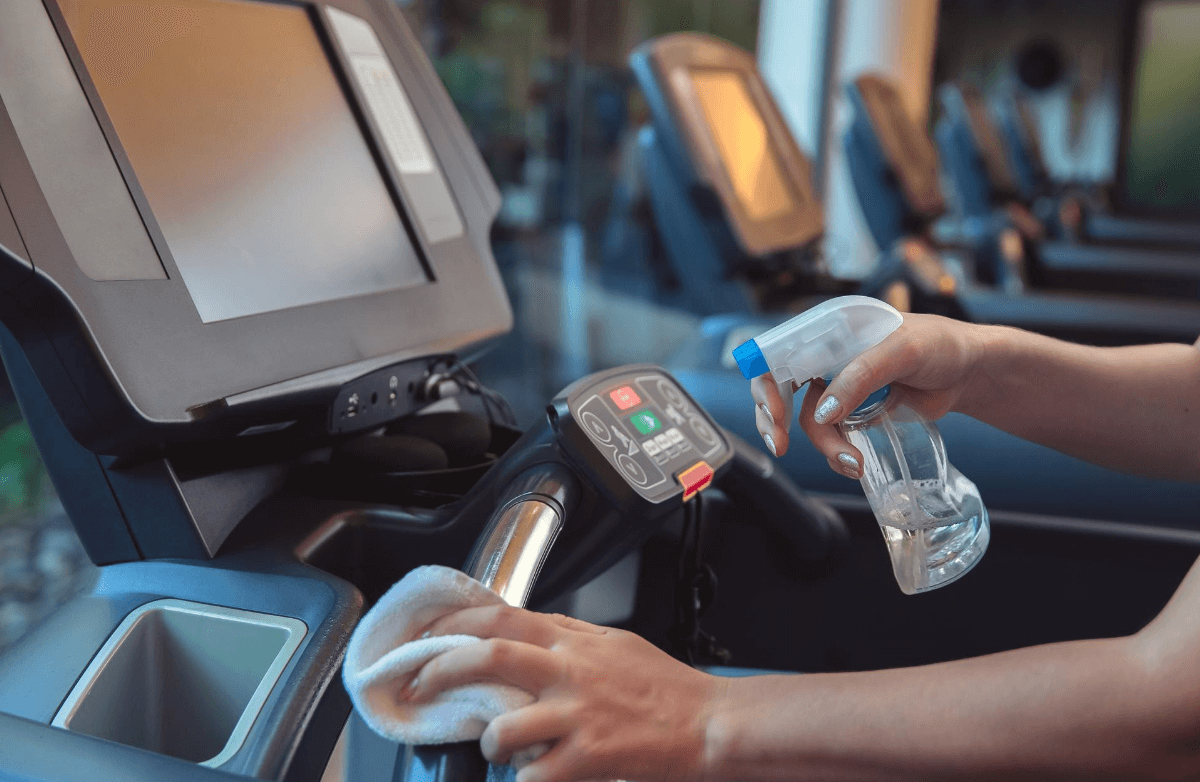|
This year marks a decade since Beth Donovan (INDYGIRL) joined SparkPeople. A lot has changed in that time—most notably, she's lost more than half of her body weight, but other parts of her transformation can't be seen. As it turns out, losing 230 pounds (and counting) doesn’t just change how you look—it also changes how you think and feel. For 53-year-old Beth from Fishers, Indiana, the road hasn't always been easy, but it's certainly been worth it. A Lifelong Struggle Beth's complicated relationship with weight and food dates back to her childhood. Although her parents were both heavy, they constantly judged Beth's weight and eating habits, to the point that she suffered from bulimia during her teens and 20s. Beth's complicated relationship with weight and food dates back to her childhood. Although her parents were both heavy, they constantly judged Beth's weight and eating habits, to the point that she suffered from bulimia during her teens and 20s."I had always used food as a comfort and refuge from my difficult home life," she says. It was a pattern that would continue well into adulthood—whenever Beth faced challenges in her marriage or any aspect of life, her eating would escalate. In the early 2000s, Beth reached her highest weight of 460 pounds. She refers to it as the saddest period of her life. "I lived in my bedroom and could no longer walk," she recalls. "I became disabled [because of] three herniated discs, two pinched nerve bundles, fibromyalgia, degenerative joint disease and arthritis. I had to stop and rest just trying to make it through the house to the restroom or kitchen." Beth eventually had to quit her job, as she could no longer fit behind the steering wheel to drive to work. For years, she spent her days home alone, becoming so depressed that she often called the crisis line. Motivated to Change What ultimately motivated Beth to make a change was when her best friend, Tina, had weight loss surgery and got down to a healthy weight. "She was out having a life again—I wanted that too!" Beth says. What ultimately motivated Beth to make a change was when her best friend, Tina, had weight loss surgery and got down to a healthy weight. "She was out having a life again—I wanted that too!" Beth says.She started by reading a book called YOU On a Diet, which helped her learn to stay satisfied while dieting. Another friend pointed Beth to SparkPeople, which became a big source of motivation and distraction. "Every time I feel like eating, I log on," she says. "Let's just say that some days when I'm home alone, I'm on [SparkPeople] a lot." At first, Beth's plan was to get weight-loss surgery as her best friend had done. After three attempts, she finally received approval from the medical staff to have the procedure—but then she had a change of heart. "At the mandatory pre-surgery meetings, all of the patients were complaining of being hungry after eating, and wanting to eat emotionally and binge. I then realized it was stomach surgery, not brain surgery. No need to cut up my stomach to feel how I already feel—first I needed to get my head right." And so, instead of surgery, Beth decided to address the issue from the inside out. "I started with in-home physical therapy, where I learned that even little movements prepare you for bigger ones," she says. Not yet able to walk, Beth got an arm bike and used it faithfully, and also created a seated exercise routine. She started logging all of her movements on the Fitness Tracker, feeling a sense of pride with each entry. Eventually, Beth was able to get out of her wheelchair and started using a walker. After training on the walker for a year, she was able to walk a 5K at the mall, where she could take breaks as needed. In addition to starting to move, Beth changed her eating habits. She used the SparkPeople Nutrition Tracker to get a realistic view of what she was eating each day, and began weighing and measuring everything. As she progressed along her weight-loss journey, Beth started eating less processed foods, more real whole foods and plenty of protein, and also increased her water intake. "I am very big on planning balanced meals with lean protein, healthy fats, veggies, fruit and low-fat dairy," Beth says. "I try to avoid processed foods, but I still eat them in moderation. Food should not stress you out. If it does, you’re on a diet, and diets don't work." When Beth does have an occasional setback, she goes by the mantra: "If you got a flat tire, you wouldn’t run around the car in a frenzy popping the other three. You would fix the one and get back on the road." She now stops eating before excessive damage is done, rather than succumbing to a binge as she might have in the old days.  Without any weight-loss surgery, fad diets or extreme exercise, Beth has succeeded in losing 230 pounds (and counting). Instead of shopping in specialty catalogs, she now buys her clothes at regular stores. She can use a seatbelt in a car, wear a swimsuit, sit in a seat at a movie theater, eat dinner in a restaurant booth and fly on a plane. Beth's relationship with her husband has also improved. Without any weight-loss surgery, fad diets or extreme exercise, Beth has succeeded in losing 230 pounds (and counting). Instead of shopping in specialty catalogs, she now buys her clothes at regular stores. She can use a seatbelt in a car, wear a swimsuit, sit in a seat at a movie theater, eat dinner in a restaurant booth and fly on a plane. Beth's relationship with her husband has also improved."I feel confident and like a fighter now," she says. "Having much more support and less stress was very freeing, as I could start discovering myself without as much fear. I also felt free to try new things, explore my emotions and express myself in a new way." In seven years, Beth has gone from being terminally disabled and bedridden to working from home as a certified life and health coach. "I want to fight for every overweight person out there to have that second chance at life that SparkPeople gave me," she says. "I now see myself in a whole new light and have hope again." Beth's 8 Tips for Natural Weight Loss
|
Popular EntriesMore From SparkPeople
|






.png)







.jpg)
.jpg)


